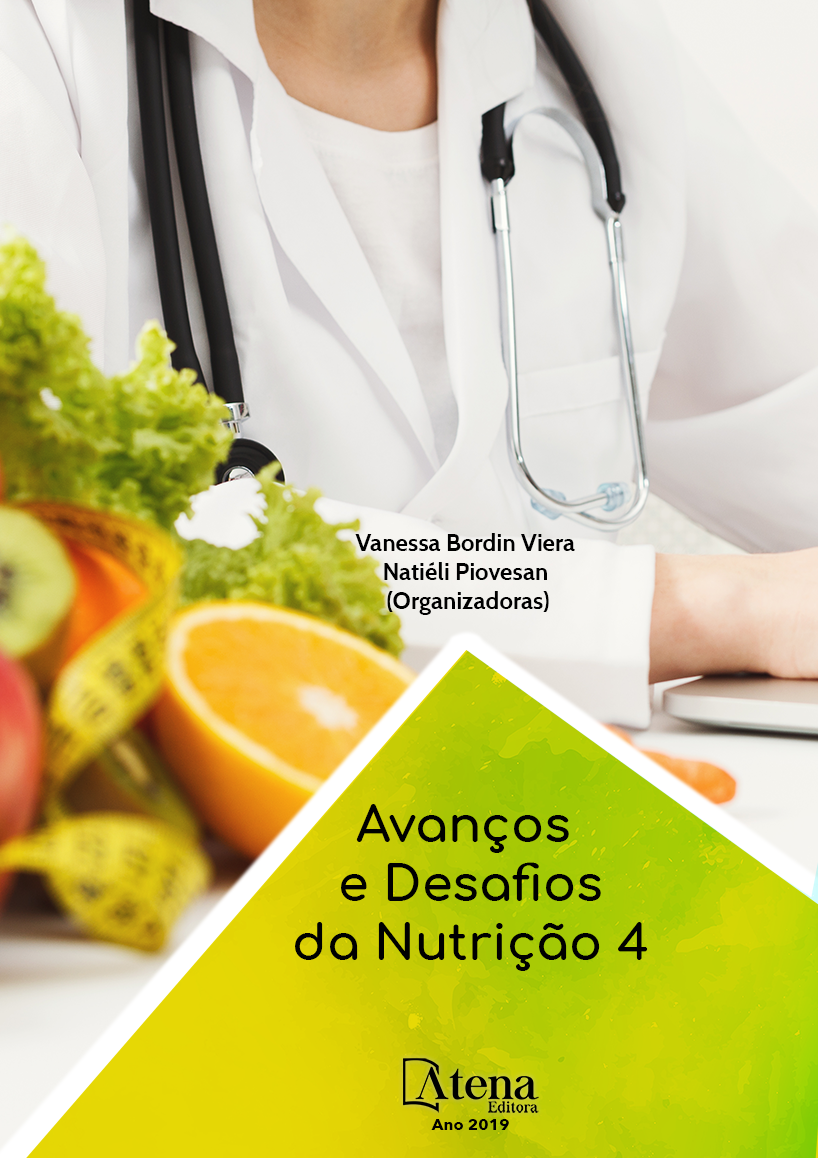
TEOR E RENDIMENTO DE EXTRATOS DE FLORES MEDICINAIS E AROMÁTICAS OBTIDOS POR DIFERENTES MÉTODOS DE EXTRAÇÃO
Os extratos podem ser obtidos
através de diferentes processos, métodos,
solventes e tempos, tendo como objetivo liberar
os compostos da matriz vegetal a fim de se
obter extratos com elevada concentrações
desses compostos presentes na matriz natural.
Com este estudo objetivou-se avaliar o teor e
o rendimento de extratos de flores calêndula
(Calendula officinalis L.), girassol (Helianthus
annuus L.) e rosa (Rosa x grandiflora Hort.) por
diferentes métodos e tempos de extração. Após
a produção das flores realizou-se as análises
de umidade e massa seca total das pétalas e
a elaboração dos extratos. Os extratos foram
obtidos pelo método convencional e por
ultrassom, utilizando dois solventes (água e
álcool), temperaturas (20ºC e 60ºC) e tempos
de extração diferenciados (30, 60, 90 e 120
minutos). O teor de umidade das pétalas das
flores foi de 89,3, 86,4 e 84,5% para calêndula,
girassol e rosas, respectivamente. As pétalas
de rosas apresentaram maiores médias para
a variável massa seca total. Os maiores teores
de extratos de pétalas foram obtidos da espécie
rosa seguidos dos de girassol (convencional
e ultrassom), ambos no tempo de 120
minutos com exceção do método de extração
convencional em água a quente onde o maior
teor de extrato foi no tempo de extração de 30
minutos. O extrato com maior rendimento foi o
de rosas extraído pelo método de ultrassom em
água quente por 120 minutos. Os extratos de pétalas de rosa e girassol obtiveram
maiores rendimentos.
TEOR E RENDIMENTO DE EXTRATOS DE FLORES MEDICINAIS E AROMÁTICAS OBTIDOS POR DIFERENTES MÉTODOS DE EXTRAÇÃO
-
DOI: 10.22533/at.ed.43919240532
-
Palavras-chave: Calendula officinalis L.; Helianthus annuus L.; Rosa x grandiflora Hort.; convencional; ultrassom.
-
Keywords: Calendula officinalis L .; Helianthus annuus L .; Rosa x grandiflora Hort .; conventional; ultrasound.
-
Abstract:
The extracts can be obtained through different processes, methods,
solvents and times, aiming to release the compounds of the plant matrix in order
to extract extracts with high concentrations of these compounds present in the
natural matrix. The objective of this study was to evaluate the content and yield of
calendula (Calendula officinalis L.), sunflower (Helianthus annuus L.) and rose (Rosa
x grandiflora Hort.) flower extracts by different methods and extraction times. After the
flowers were produced, moisture and total dry mass of the petals were analyzed and
the extracts elaborated. The extracts were obtained by conventional and ultrasonic
method, using two solvents (water and alcohol), temperatures (20ºC and 60ºC) and
differentiated extraction times (30, 60, 90 and 120 minutes). The moisture content
of the flower petals was 89.3, 86.4 and 84.5% for calendula, sunflower and roses,
respectively. The rose petals presented higher averages for the total dry mass variable.
The highest contents of petal extracts were obtained from the rose species followed by
the sunflower (conventional and ultrasound), both in the time of 120 minutes, except
for the conventional extraction method in hot water where the highest extract content
was in the time of extraction of 30 minutes. The extract with the highest yield was the
extract of roses extracted by the ultrasound method in hot water for 120 minutes. Rose
and sunflower petal extracts obtained higher yields.
-
Número de páginas: 15
- Felipe de Lima Franzen
- Henrique Fernando Lidório
- Janine Farias Menegaes
- Giane Magrini Pigatto
- Mari Silvia Rodrigues de Oliveira
- Leadir Lucy Martins Fries


